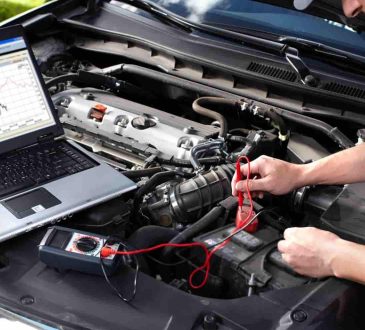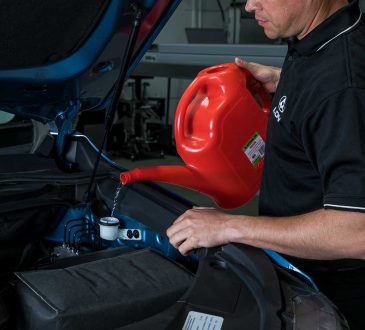
Wiper linkages are the unsung heroes of driving visibility, diligently converting the rotary motion of the wiper motor into the sweeping action that clears our windshields. While often overlooked, these small components play a critical role in ensuring safe driving, especially during inclement weather. A properly functioning wiper system is essential for maintaining clear visibility and preventing accidents. However, when the wiper linkage becomes faulty, it can have a significant and detrimental impact on the wiper motor’s performance, potentially leading to strain, overheating, and eventual failure.
Increased Motor Strain: A Ripple Effect of Resistance
A damaged or worn wiper linkage introduces unwanted resistance into the system. This resistance forces the wiper motor to work harder to achieve the same sweeping motion. Imagine trying to push a heavy object with a rusty, creaky wheelbarrow – you’d exert much more effort compared to using a well-oiled, smooth one. Similarly, stiff joints, bent rods, or seized pivots in the linkage create friction and require the motor to expend more energy. This increased strain can manifest in several ways, including slower wiper speeds, jerky movements, or even complete immobilization of the wipers. Over time, this constant struggle against the faulty linkage takes a heavy toll on the motor’s internal components.
Overheating and Premature Wear: The Downward Spiral
The increased strain translates directly into increased heat generation within the wiper motor. As the motor works harder to overcome the resistance, it draws more current, leading to overheating. This excessive heat can damage the motor’s internal windings, insulation, and brushes. Furthermore, the constant struggle puts additional stress on the motor’s bearings and gears, accelerating wear and tear. This creates a downward spiral where the motor’s performance gradually deteriorates, leading to a shorter lifespan and an increased risk of catastrophic failure. In that case, choosing the Auto Repair in Hutto, TX based service is the best idea.
Reduced Efficiency and Performance Degradation:
Aside from the risk of complete motor failure, a faulty wiper linkage can also lead to a gradual decline in the overall performance of the wiper system. The increased strain and reduced efficiency can result in slower wiper speeds and inconsistent wiping patterns. This can significantly impair visibility, especially during heavy rain or snow. The driver may notice smearing, streaking, or unswept areas on the windshield, making it difficult to see clearly. This reduced visibility not only increases driving stress but also poses a serious safety hazard.
Preventive Maintenance: A Proactive Approach
The best way to avoid the negative impacts of a faulty wiper linkage is through proactive maintenance. Regularly inspect the linkage for signs of wear, corrosion, or damage. Lubricate the joints and pivots to ensure smooth operation. If you notice any unusual noises, slow wiper speeds, or erratic movements, have the linkage inspected and repaired or replaced by a qualified mechanic. By addressing these issues early, you can prevent the motor from straining, overheating, and ultimately failing, ensuring a clear view of the road ahead and a longer lifespan for your vehicle’s wiper system.




